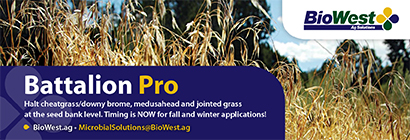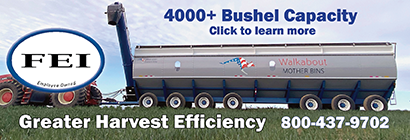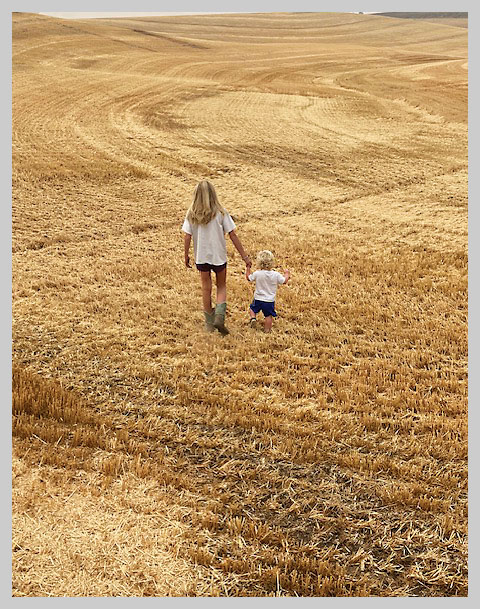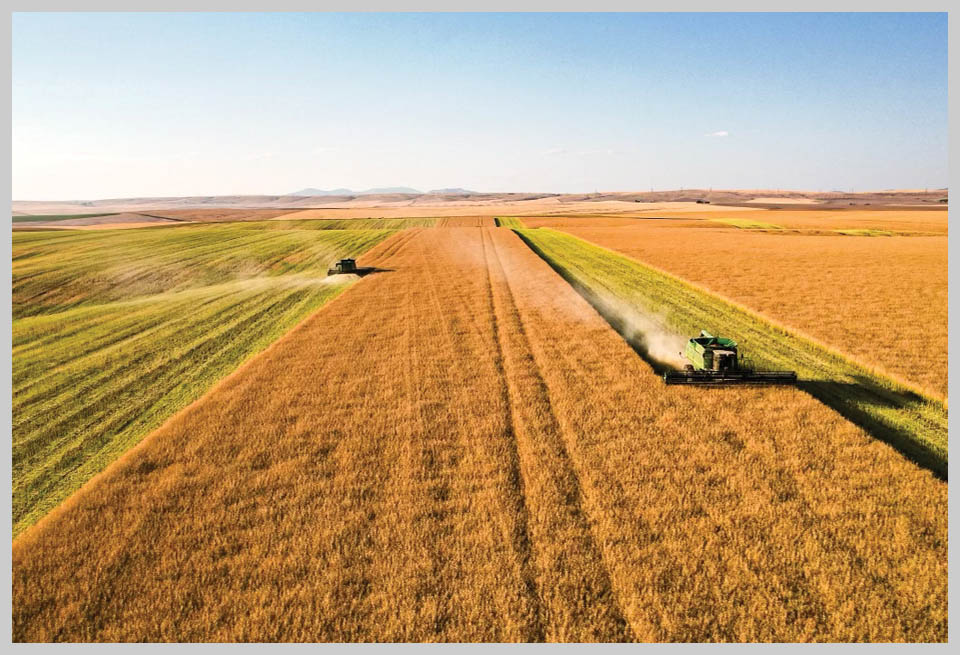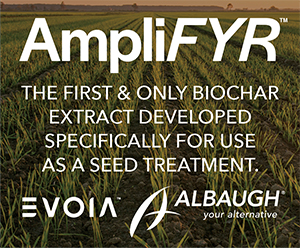CRP rates, IRA funds focus of grower seminars 2023 AMMO recap
2023April 2023
By Trista Crossley
Editor
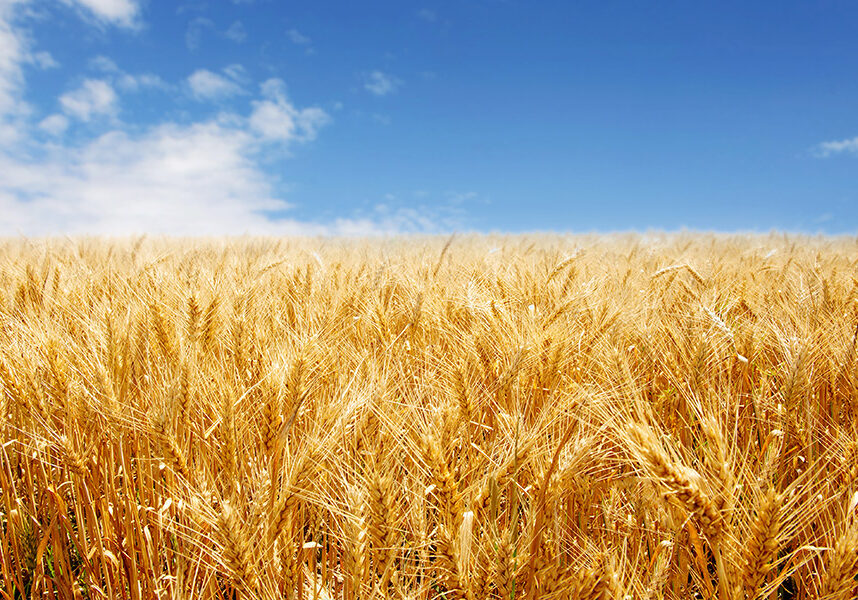
The final Agricultural Marketing and Management Organization’s seminar for the 2023 winter schedule focused on the latest updates from the Washington state offices of the Farm Service Agency (FSA) and the Natural Resources Conservation Service (NRCS). The seminar was held in Spokane and then repeated the next day in Pasco.
In Spokane, Jon Wyss, the FSA state executive director, introduced the spreadsheet to end all spreadsheets, at least for growers looking to estimate Conservation Reserve Program (CRP) payments. The spreadsheet, which Wyss has been working on for the past year, takes into account information from various sources, including the Risk Management Agency (RMA), conservation districts and farm credit services. It uses RMA’s five-year T-yield average, inflation averages and crop share information. The result is a Washington state average rental rate recommendation solidly supported by U.S. Department of Agriculture data. The national office will send out the official average rental rates that will be used after reviewing the suggested averages from Washington.
“The beauty of this is I can give this to you now, and all you have to do is change the T-yield rate for 2023, and it will recalculate. You’ll know what we are going to submit for the estimated average for the following year’s CRP. You’ll be able to do your estimated business planning without waiting for us,” Wyss told growers. “We’ve eliminated the guessing game for you. Hopefully this brings you some business continuity.”
Wyss also pointed out that when the rental rate proposed by the national office exceeds the recommended rental rate generated by the spreadsheet, the Washington state office will defer to the higher rate.
Producers will need to subscribe to updates at the state FSA website (at the bottom) to get a copy of the spreadsheet when it is released. The spreadsheet will also be released to commodity associations who can forward it to their members.
Wyss also reviewed Phase 2 of the Emergency Relief Program (ERP), which is accepting applications now through June 2, 2023. ERP is a revenue-based program for producers who suffered crop losses in 2020 and 2021 due to qualifying disasters such as drought, derecho, flooding, winter storm or wildfire. Phase 2 is open to producers who didn’t have crop insurance or didn’t qualify under Phase 1. If one crop suffered from a loss due to a qualifying event, revenue from all eligible crops are considered. Producers will self-certify that they experienced a decrease in allowable gross revenue and are subject to certification spot checks. Wyss cautioned producers that if they participate in the program, they will be required to buy crop insurance for the next two years, either noninsured crop disaster assistance (NAP) or insurance equal to the value of NAP. Producers who don’t will have to pay the money back with interest.
Wrapping up his presentation, Wyss took a few minutes to ask growers what the Washington state FSA office could be doing better? Growers were concerned about staff in county offices, as well as the need to fill out the same forms repeatedly. Wyss acknowledged those frustrations and told growers he was working on them. He gave growers his direct line (509-323-3003) and told them not to hesitate to contact him.
“If you are working and you need something, I am working, because my job is to take care of you,” he said.
Both sessions were closed out by David Rose, western area conservationist for the Washington state NRCS, who covered NRCS’s plans for the influx of Inflation Reduction Act (IRA) funding that is coming the agency’s way starting in fiscal year 2023. Rose was filling in for Roylene Comes At Night, NRCS state conservationist. Much of the funding will be invested into the Environmental Quality Incentives Program (EQIP) and the Conservation Stewardship Program (CSP). These funds are separate from farm bill funds and will generally be more limited in the practices available and the resource concerns addressed.
Rose also covered Washington-NRCS’s new voluntary Riparian Buffer Program, which will pay producers based on the type of riparian buffer installed and the width of the buffer, as well as an option to compensate producers for the crop income lost due to the buffer. He urged producers to contact their local field office to get program specifics and to start the process early, as conservation planning is needed for any application before it can be considered for funding.
To find more information on the Riparian Buffer Program, scan the QR code above with a smart phone camera or go to nrcs.usda.gov/sites/default/files/2023-02/230201WA-FY23-Riparian-Buffer-Program.pdf.


